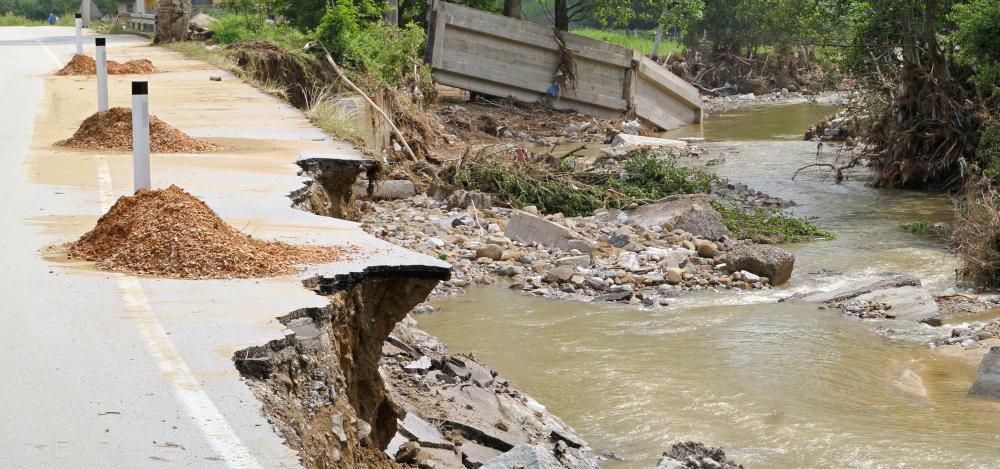This is an op-ed article by GWP Executive Secretary Darío Soto-Abril, originally published by New Europe on 23 July 2021.
Climate change is not simply a matter of temperatures. It accelerates the water cycle, creating uncertainty and devastation. More frequent and stronger extremes expose communities to increased risks. Population growth, increased poverty, and environmental degradation exacerbate the impacts. Yet, these are not the only factors at play. As we saw last week in Germany, the Netherlands, and Belgium, prosperous and safe communities in stable and environmentally conscious countries were affected and will continue to be unless we act decisively.
Infrastructure, support, and alert systems across the world are ageing and are not designed for the new normal of climate change and water uncertainty. At the Global Water Partnership (GWP) we believe that integrated risk assessments are the only way forward. Those combine the latest scientific knowledge and data across a wide range of interconnected areas, voices from local communities, and smart public-private investments. A good example is the town of Mae Sot in Thailand. There, national and local authorities worked hand-in-hand with the community to establish a flood early warning system. Using Geographic Information Systems, communities created a map of vulnerable areas. Two hundred thousand people are now safer, more prepared, and actively involved in responding to potential floods in that region.
We also know that data, technology, and investments alone will not save us from the next water disaster. We also need better governance and a societal approach where governments and those in leadership positions hear multiple voices and share responsibility for water resources management. That is what makes integrated risk assessment so special. It allows for citizens, especially women, youth, and groups most impacted by climate change, to hold governments accountable, collaborate, and propose innovative solutions to water and climate challenges.
In addition to engaging with local communities, governments and businesses need to commit more resources, attention, and funding for disaster preparedness. Following a flood or other extreme event, politicians react quickly, rushing towards the media to voice their support and to share their thoughts and good intentions. Governments also promise swift action to reduce the risk of further disasters. However, in our news cycle culture, disasters are quickly forgotten and promises made in the heat of the moment lose their edge when the next urgent issue or celebrity scandal arises.
Beyond expressing solidarity, why not commit substantial resources to driving sustainability, disaster preparedness and climate resilience, including better information and vital warning systems, so that the next hazard does not become a disaster? It is sadly telling that about 90% of international emergency assistance is directed to response, reconstruction, and rehabilitation, while the amount disbursed for disaster prevention and preparedness barely reaches a meager 10%.
As our grandmothers used to say, “prevention is better, and cheaper, than the cure”. Indeed, investments in prevention come with an exponential and unquantifiable return in lives and property saved.
In GWP we are doing our part. In collaboration with the World Meteorological Organization (WMO), we are implementing two global programmes for the most severe water-related disasters. Those programmes are the Integrated Drought Management Programme (IDMP) and the Associated Flood Management Programme (APFM). Both programmes work with communities in managing drought and flood impacts in an integrated way to reduce overall risks to populations.
Thanks to these initiatives, we have seen more investments in flood and drought resilience in the Volta River Basin in West Africa. We also see a constructive and sustained dialogue between political and social leaders resulting in the establishment of an early warning system and efficient irrigation technologies that are embraced by the communities.
COVID-19 and the recent droughts and floods worldwide only increase the sense of urgency to be better prepared. GWP’s experiences of integrated risk assessments in Mae Sot and the Volta River basin are a good start. Similar work is happening around the world, for example in Hungary, Indonesia, Japan, the Netherlands, South Korea, and Tajikistan. Let us learn from each other, invest in preparedness, and grow more resilient from these experiences.

